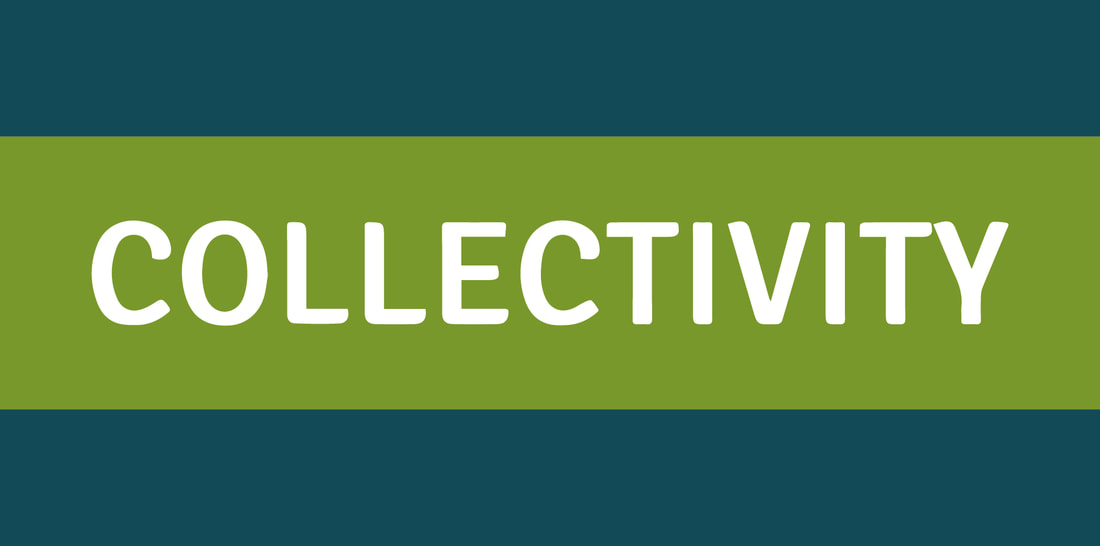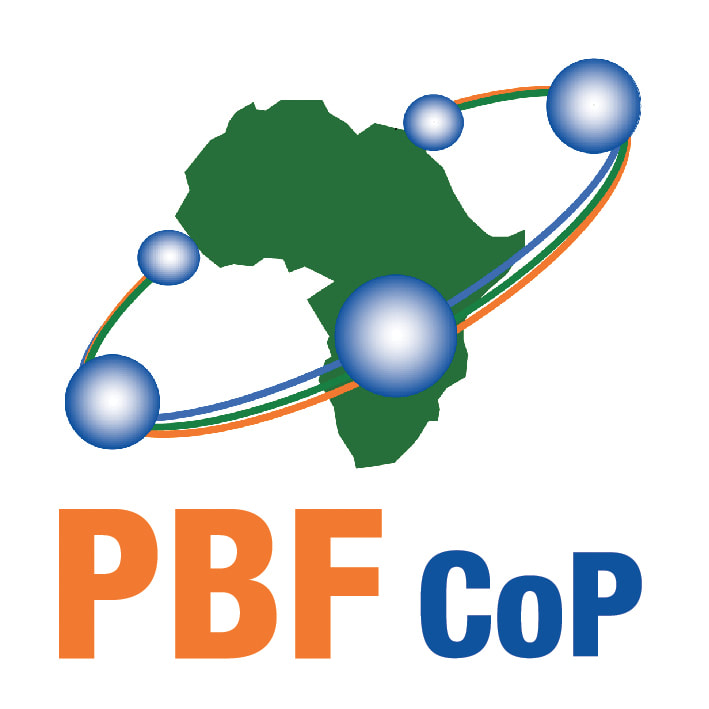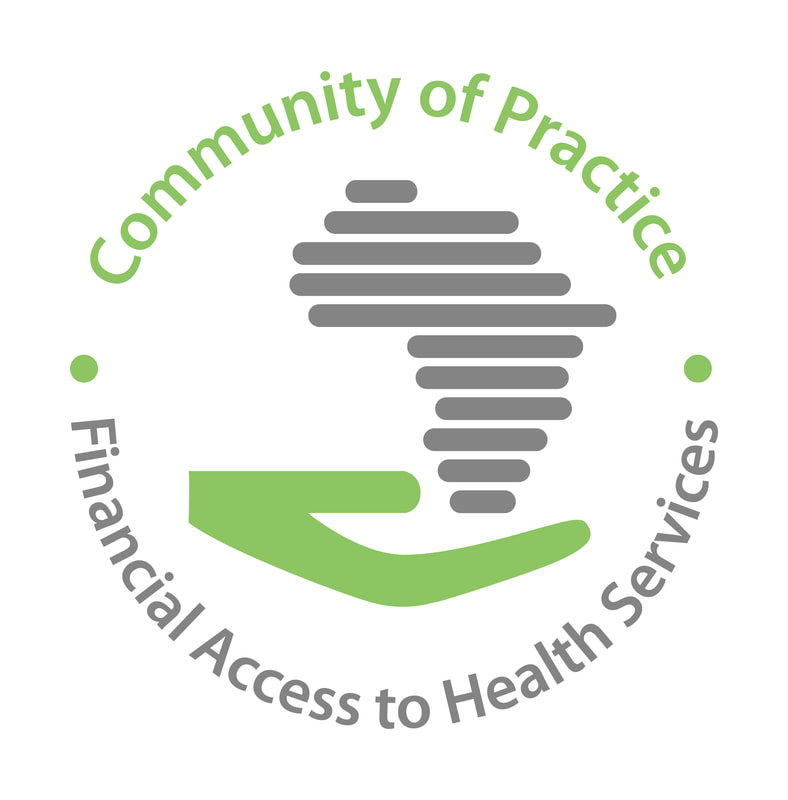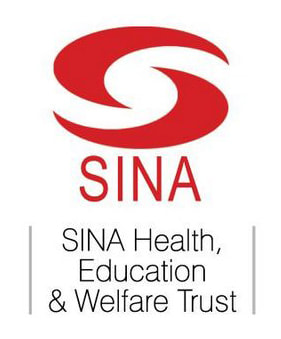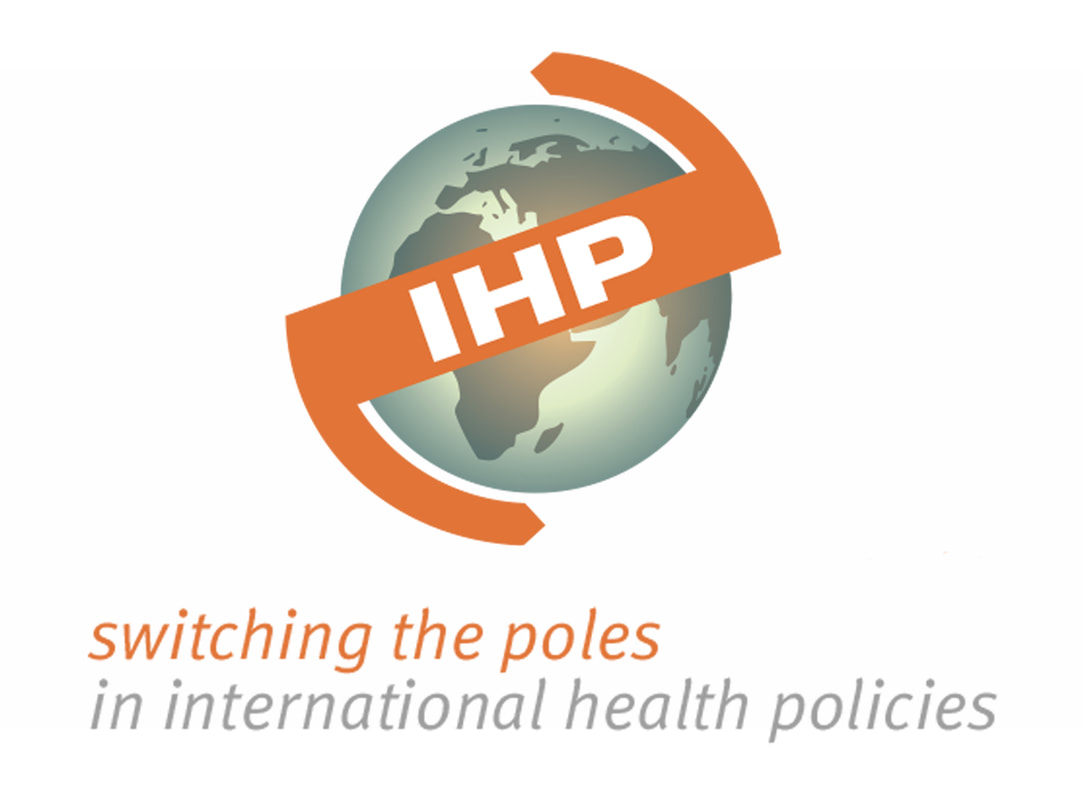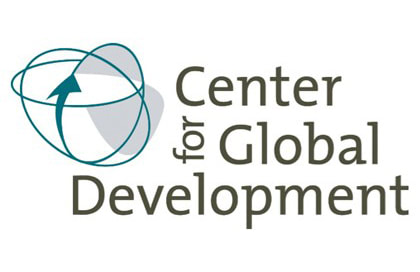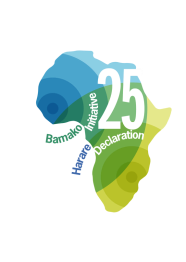
This is the second part of the interview with the huge community-driven reconstruction programme 'Tuungane' of IRC in Eastern DRCongo. We now turn to issues around community participation in health care.
JBF: Let’s now turn to health. If I understand correctly, the communities had the choice of allocating the money coming from Tuungane to the sector of their choice. Was health-care a much sought after sector? Did it emerge as a priority? What were the main challenges?
VQ & FD : On average, health is chosen second most often by communities in the program, after education. Tuungane dedicated over $ 5 million to the health sector in the first phase (2007 to 2010). Schools were often the communities’ first choice because in general the education sector currently receives much less support than the health sector. In addition, the health sector is more regulated than others in DR Congo: health facilities must be registered and most importantly, have qualified staff to operate.
For the rapid impact projects at the village level in phase I, health was chosen third most often with 223 projects put in place and $484,000 invested. Communities most often chose to build, renovate or equip their health center or maternity ward. Among the larger community-level projects, health was chosen more often than at the village level. As a result, 69 major health infrastructures were built with an investment of nearly $ 5 million. Equipment needs were also considered important at this level, and nearly $ 10,000 per centre went into purchase of things like solar panels, and other electrical equipment to ensure a power supply, given that electricity is not common in rural areas.
A challenge that remains in the end is the ongoing management and functionality of these infrastructures. Without drugs, or qualified staff that are properly supervised, the facilities cannot provide quality service. To work further on this, the current Tuungane design ensures links with line ministry officials, and with other donors and programs working in the area to improve the sustainability of these health-care facilities.
JBF: IRC has also chosen to support health development committees (CODESA), why did you choose this approach? Can the CODESA really work in the context of humanitarian emergency of Eastern DRC?
VQ & FD : The Health Development Committee (CODESA) is really the program’s entry point to understand the real challenges which health care workers faces at the local level. Generally, these challenges are not limited to the lack of infrastructure but also involve problems of financial management and logistics.
Often, the CODESA is not in a position to play the role they are meant to, that of intermediary between the community and the health service providers. Their members lack both the knowledge of their roles and responsibilities and means to fulfill them. It is not necessarily the humanitarian context is at the root of these limitations, but rather longstanding issues of low levels of education, weak management structures and lack of resources. Even in the Haut Katanga district of Katanga province in the south of the country which is not in a site of humanitarian emergency, the CODESAs are not effectively playing their role.
In principle, the CODESA is supposed to co-manage the health resources meaning: participate in developing planning of health services in the area, monitor and evaluate the health care services, schedule meetings to consult the population and make joint decisions related to service provision. According to its mandate, the CODESA is also supposed to mobilize local resources, develop small-scale projects to improve service provision, ensure public hygiene, and do public education and promotion of key health principles and behaviours.
When the community chooses health as their priority sector, Tuungane works to strengthen the CODESA. Members of the CODESA are integrated into the Village Development Committee (VDC) so that they can provide technical advice, and also benefit from the training provided by the program and liaise between the VDC and the health personnel. As such, they actively participate in identifying implementing and managing the community project. In its second phase, the program provides a grant of $ 24,000 per community. This is divided into two parts. The first 95% is used to rehabilitate and equip existing health infrastructure. The 5% portion of the grant which remains is meant to spent on improving quality aspects of the service, that is, to resolve issues and problems related to the governance and management of the health facility .
JBF: IRC has also using a tool called the community score card. Is this a relatively known strategy of participation? What do you conclude from your experience? What is specific to your scorecard?
VQ & FD : To imbue the relationship between service providers and beneficiaries with accountability, the program first provides communities with information on the norms and standards as defined in country-wide health policies and strategies. Then we introduce a tool for evaluating and monitoring the service as delivered in the community: the Community Scorecard. Through this scorecard process, the community assesses the performance of the service provided in their local school or health center. After the scoring, the services users and service providers work together to develop a joint plan for service improvement. This so-called community scorecard methodology was developed by the World Bank.
Our first experiences with the scorecard mechanism showed that the population and even the health care workers had difficulty assessing aspects not related to the infrastructure, i.e. the non-tangible aspects of the service provision. They focused primarily on the poor condition of buildings and the lack of equipment. There are of course many more elements that come into play to get good health care. Therefore, the program pre-selected four indicators for communities to consider as part of the scoring: (i) access to care, (ii) equity or the fair treatment of all patients, (iii) participation of the Health Development Committee (CODESA ) in the financial management of the infrastructure, and (iv) their overall impression of the quality of care.
Results following use of the scorecard show some initial signs of improvement taking place in communities such as better access to information about health care services, and a greater understanding of the roles and responsibilities among all parties involved. Through the discussions, the community members and the CODESA build an understanding that they are entitled to certain service standards, but they also have a role to play in ensuring quality service. For example, they have a right to access to quality health care, but they also have a duty to behave responsibly in the prevention of epidemics. The CODESA knows it has the right to audit the budget of the health facility, but it also has a duty to report and consult the public on major decisions taken regarding health services in the area.
In addition, the CODESA and representatives of the people realize that they are potentially allies in the seeking service improvements, because they have certain interests in common. Indeed, they realize if external partners were not intervening in the delivery of health care services, the health facilities and their staff would be left to fend for themselves and just do their best to survive with minimal means. To address this, the program help communities and frontline services providers go together to meet with line ministry representatives, such as the Chief Medical Officer and Public Health Inspectors responsible for the jurisdiction. In dialoguing with these higher-level authorities, the community representatives and service providers endeavour to (i) obtain the higher authorities’ approval for the project they have chosen for the sector, (ii) raise awareness of the real problems and challenges facing the community, and (iii) solicit their support in finding joint solutions to improve health services at the village level.
Since 2007 the program has made great strides in terms of engagement with the Congolese administrative and line ministry authorities. It strives to create space for a productive dialogue between government officials and village-level constituents to improve the quality of service provision at the village level..
